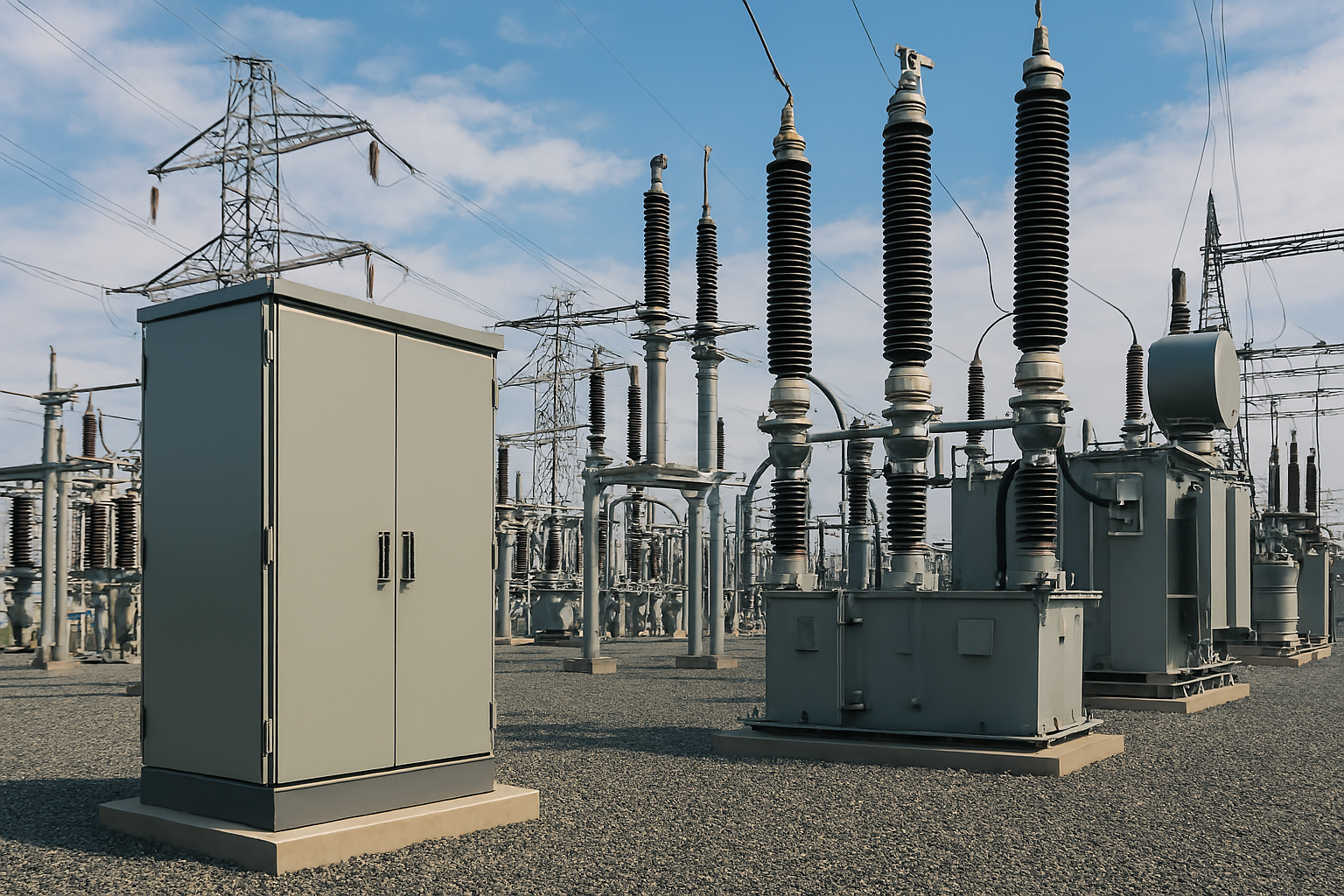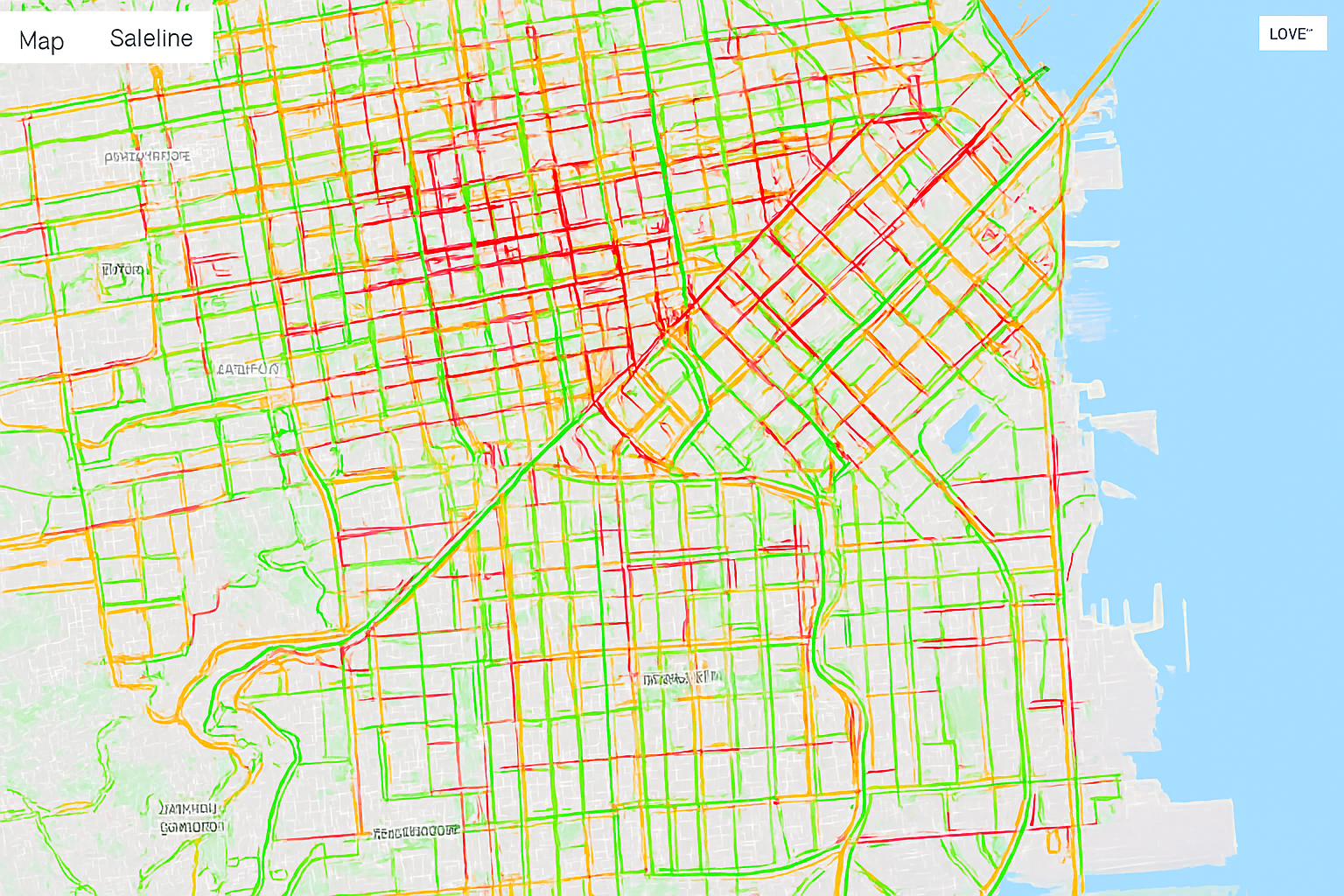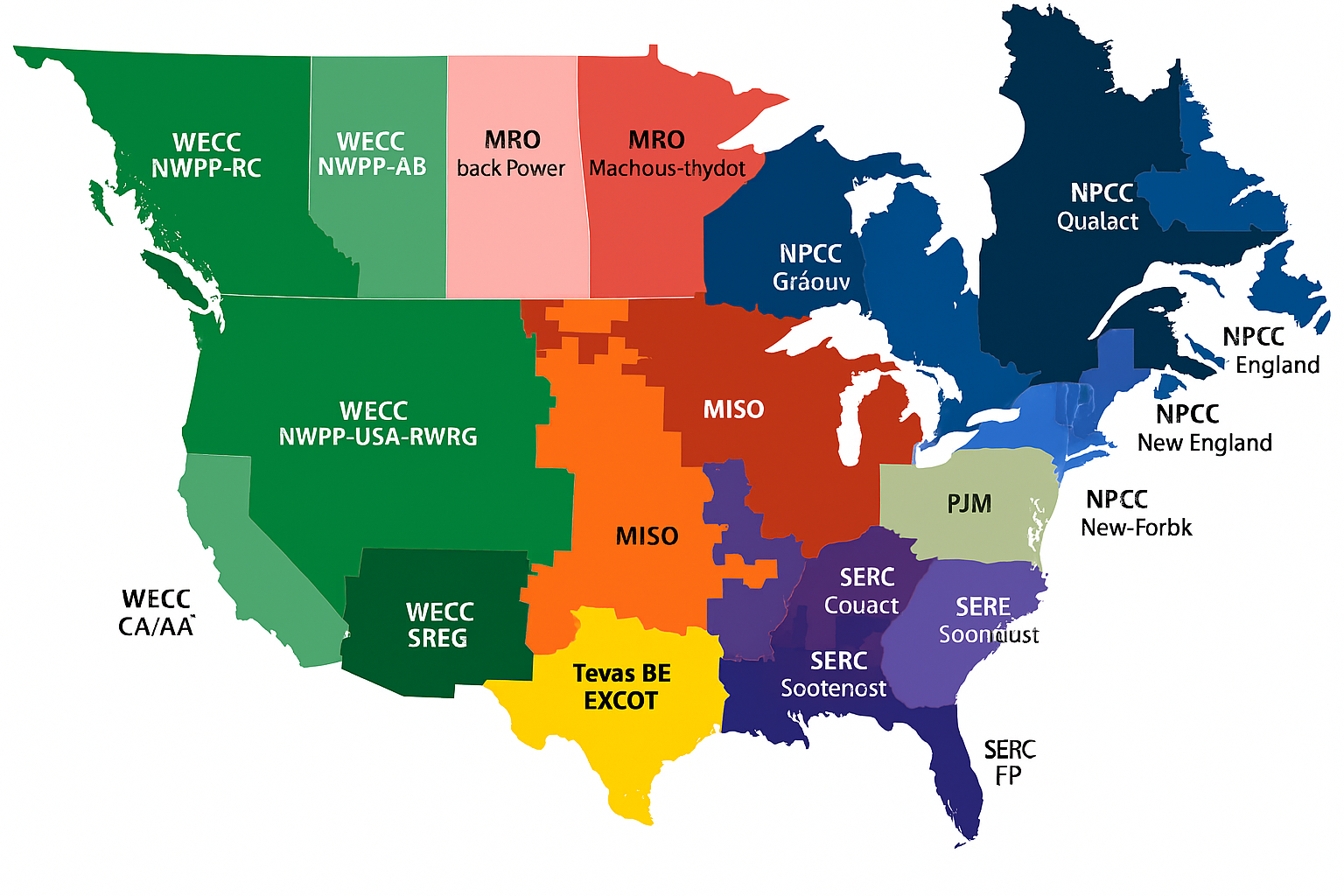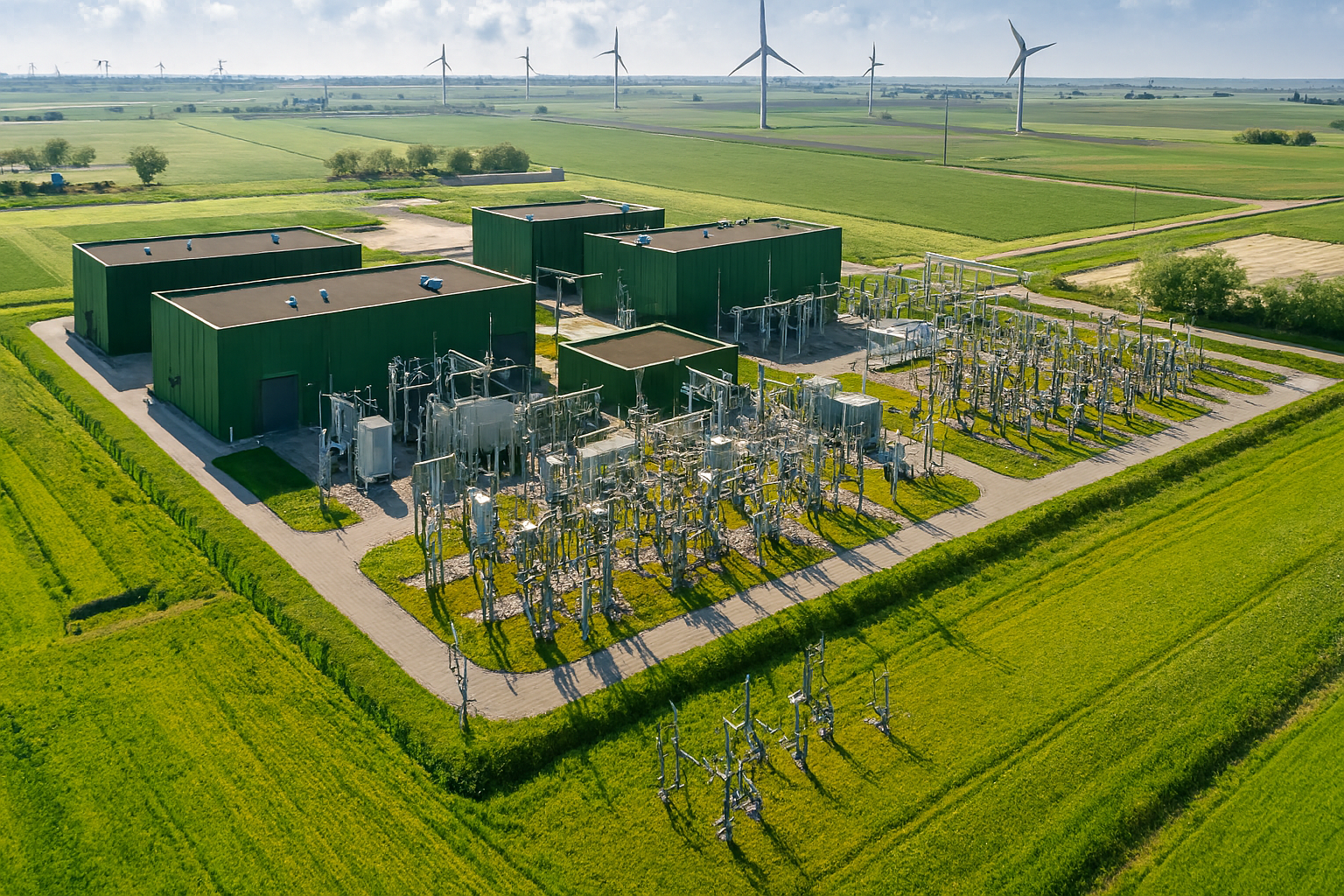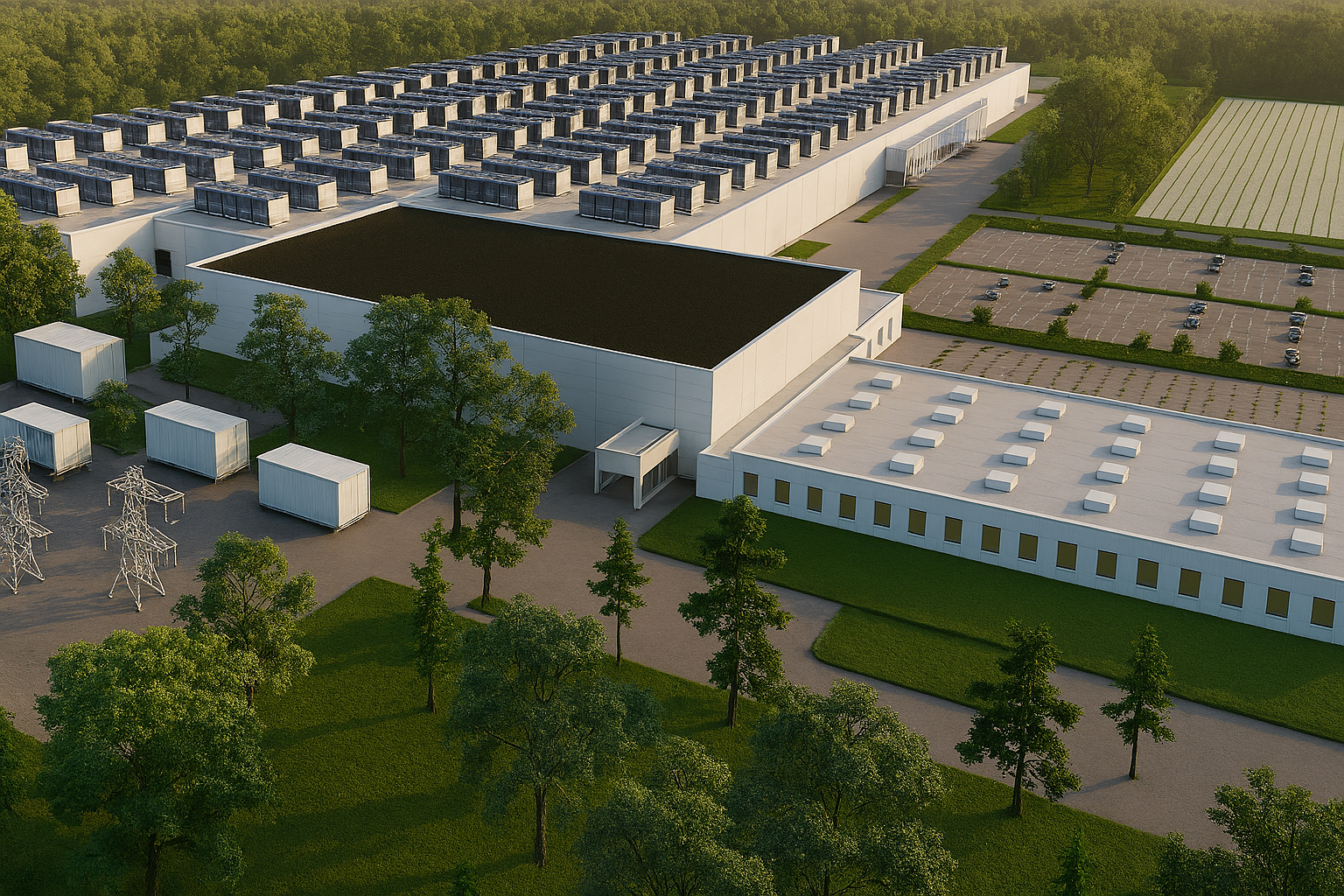Long-Range Transmission Expansion Planning
Watt Consultants delivers comprehensive long-term transmission studies that anticipate system needs over multi-decade horizons. Our work incorporates ISO/RTO policies, state energy targets, and FERC directives such as Order No. 1920. We manage the full lifecycle of these studies—from scenario development and technical analysis to stakeholder coordination and public policy integration—ensuring alignment with future grid requirements.

Generator Interconnection & Retirement Impact Assessments
We evaluate the system-wide effects of generator additions and retirements, with a focus on maintaining grid reliability and compliance. Our studies address steady-state and contingency performance, stability margins, short-circuit contributions, and thermal and voltage deliverability.
High Renewable Penetration Analysis
As grids transition to higher levels of renewable energy, we assess the ability of existing infrastructure to accommodate variable generation. Our studies focus on operational stability, voltage/reactive power control, and propose cost-effective mitigations such as dynamic reactive devices and synchronous condensers to enhance grid performance.

Identification of Optimal Points of Interconnection (POIs)
Using First Contingency Incremental Transfer Capability (FCITC) methods, we identify the most suitable POIs based on system transfer capability, minimal upgrade requirements, and accessibility. Our approach ensures interconnections are technically robust and economically sound.
Cluster Study Support for Generation Interconnections
In response to FERC Order No. 2023 and regional planning requirements, WattC provides detailed studies of generator clusters. We evaluate system interdependencies, determine required transmission upgrades, and analyze sensitivity scenarios to ensure alignment with planning standards and policy objectives.
Weak Grid and Low-Inertia System Assessments
We identify and analyze segments of the grid susceptible to voltage instability, low inertia, or reduced performance under contingencies. Our assessments include power flow analysis, voltage sensitivity reviews, and control system evaluations, guiding strategic investments to strengthen weak areas of the network.
Dynamic and Transient Stability Analysis
Our team utilizes PSS®E to assess the system’s dynamic response to disturbances. This includes:
- Calculating critical clearing times
- Detecting low-frequency oscillations
- Verifying damping performance
- Evaluating the behavior of protection and special protection schemes (SPS)
These studies help ensure system resilience and compliance under a wide range of operating scenarios.
Short-Circuit Analysis
Using Aspen OneLiner, we perform detailed fault current studies to evaluate:
- Fault contributions at critical buses
- Breaker interrupting capabilities
- The adequacy of protection system coordination
Our analysis ensures compliance with ISO/RTO criteria and informs system protection upgrades and equipment procurement decisions.
Transfer Limit Evaluation
We assess thermal, voltage, and stability-based transfer capabilities across key intra- and inter-area interfaces. These transfer limits support:
- Loss of Load Expectation (LOLE) analyses
- Operational planning
- System adequacy evaluations
- Infrastructure investment decisions





